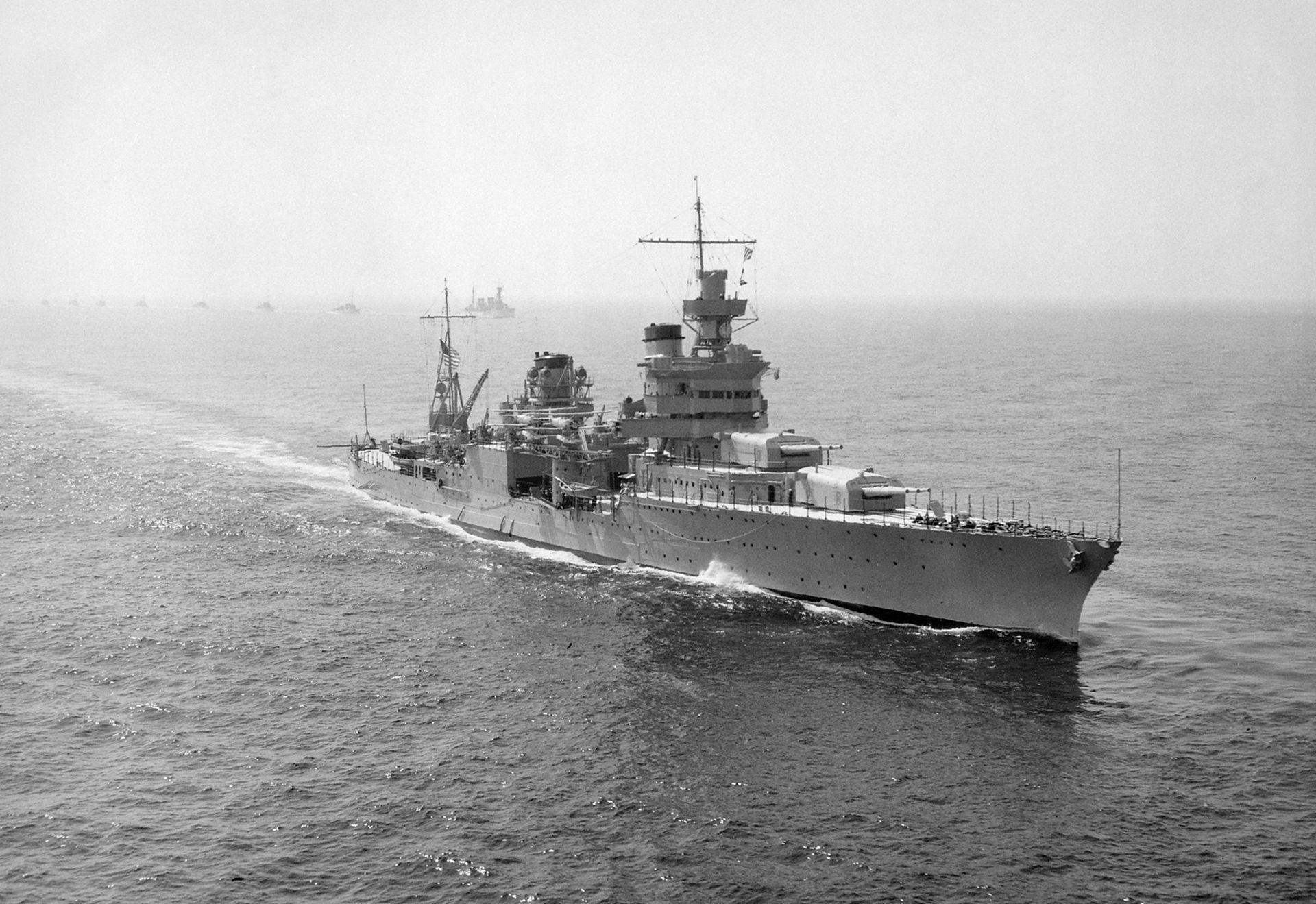USS Indianapolis: Lost WWII warship found at bottom of ocean 72 years later
'I hope everyone connected to this historic ship will feel some measure of closure,' says philanthropist behind search

Your support helps us to tell the story
From reproductive rights to climate change to Big Tech, The Independent is on the ground when the story is developing. Whether it's investigating the financials of Elon Musk's pro-Trump PAC or producing our latest documentary, 'The A Word', which shines a light on the American women fighting for reproductive rights, we know how important it is to parse out the facts from the messaging.
At such a critical moment in US history, we need reporters on the ground. Your donation allows us to keep sending journalists to speak to both sides of the story.
The Independent is trusted by Americans across the entire political spectrum. And unlike many other quality news outlets, we choose not to lock Americans out of our reporting and analysis with paywalls. We believe quality journalism should be available to everyone, paid for by those who can afford it.
Your support makes all the difference.Naval researchers announced Saturday that they have found the wreckage of the lost World War II cruiser USS Indianapolis on the floor of the Pacific Ocean, 72 years after the vessel sank in minutes after it was torpedoed by a Japanese submarine.
The ship was found almost 3 1/2 miles below the surface of the Philippine Sea, said a tweet from Microsoft co-founder and philanthropist Paul G Allen, who led a team of civilian researchers that made the discovery.
Historians and architects from the Naval History and Heritage Command in Washington, District of Columbia, had joined forces with Allen last year to revisit the tragedy.
The ship sank in 15 minutes on July 30, 1945, in the war's final days, and it took the Navy four days to realise that the vessel was missing.
About 800 of the crew's 1,200 sailors and Marines made it off the cruiser before it sank. But almost 600 of them died over the next four to five days from exposure, dehydration, drowning and shark attacks. Nineteen crew members are alive today, the Navy command said in a news release.
The Indianapolis had just completed a top secret mission to deliver components of the atomic bomb "Little Boy" to the island of Tinian. The bomb was later dropped on the Japanese city of Hiroshima.
In a statement on its website, the command call the shipwreck a "significant discovery," considering the depth of the water.
"While our search for the rest of the wreckage will continue, I hope everyone connected to this historic ship will feel some measure of closure at this discovery so long in coming," Allen said in a statement. His research vessel, Petrel, has state-of-the-art subsea equipment that can descend to depths like those at which the ship was found.
The cruiser's captain, Charles Butler McVay III, was among those who survived, but he was eventually court-martialled and convicted of losing control of the vessel. About 350 Navy ships were lost in combat during the war, but he was the only captain to be court-martialled. Years later, under pressure from survivors to clear his name, McVay was posthumously exonerated by Congress and President Bill Clinton.
The shipwreck's location had eluded researchers for decades.
The coordinates keyed out in an SOS. signal were forgotten by surviving radio operators and were not received by Navy ships or shore stations, the Navy command said. The ship's mission records and logs were lost in the wreck.
Researchers got a break last year, however, when Richard Hulver, a historian with the Naval History and Heritage Command, identified a naval landing craft that had recorded a sighting of the Indianapolis hours before it was sunk. The position was west of where it was presumed to be lying. The team was able to develop a new estimated position, although it still covered 600 square miles of open ocean.
The ship is an official war grave, which means it is protected by law from disturbances. Naval archaeologists will prepare to tour the site and see what data they can retrieve. No recovery efforts are planned.
Hulver and Robert Neyland, the command's underwater archaeology branch head, wrote on the website that "there remains a lot we can learn."
"From the sinking to the battle damage and site formation processes, we hope to gain a better understanding about the wreck site and how we can better protect USS Indianapolis to honor the service of the ship and crew."
Washington Post
Join our commenting forum
Join thought-provoking conversations, follow other Independent readers and see their replies
Comments